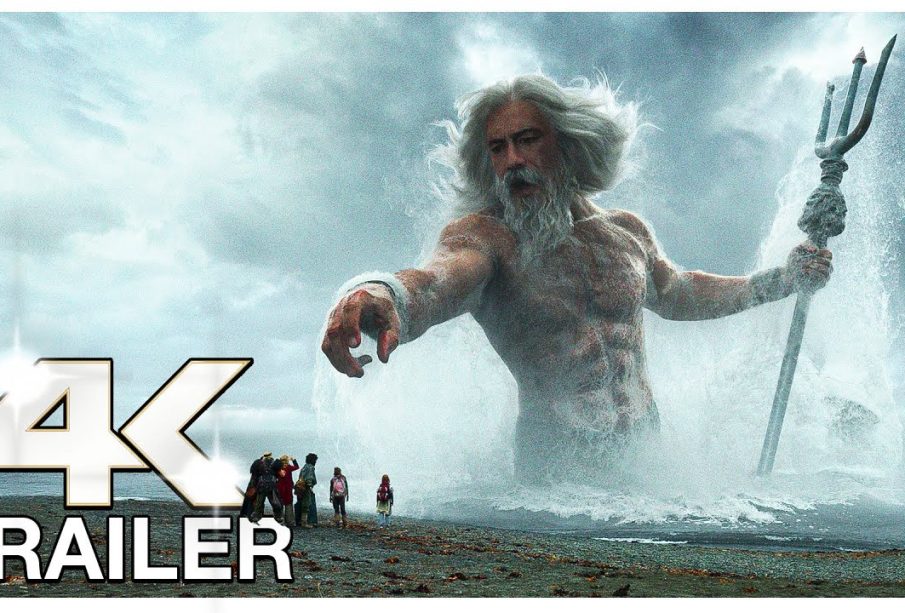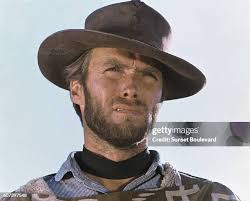The Importance and Evolution of Movie Trailers

Introduction
Movie trailers have become a crucial component of the film marketing ecosystem, serving as the bridge between a film and its potential audience. With the evolution of digital media, trailers have drastically changed from simple previews to elaborate marketing campaigns that can make or break a film’s success. Understanding the role of trailers in contemporary cinema is essential for film enthusiasts and industry professionals alike.
The Rise of Movie Trailers
The concept of the movie trailer dates back to the 1910s, originally intended as a promotional tool placed at the end of a film screening. This placement was not effective, so by the 1930s, trailers began to appear before the feature films, capturing viewer attention more effectively. As cinema evolved, so did the artistry involved in crafting these short clips. Today, trailers are meticulously edited to convey the essence of a film while generating excitement.
Modern Trailer Techniques
With advancements in technology and an increase in competition, filmmakers and marketing teams have adopted a range of techniques to create impactful trailers. Use of fast cuts, emotional music, and engaging narratives have become staples in modern movie trailers. Companies employ data analytics to understand audience preferences, leading to tailored marketing strategies that can enhance engagement. For instance, the teaser trailer for ‘Avengers: Endgame’ broke records with its initial viewings, illustrating the power of effective trailers.
Impact on Audience Engagement
Trailers also serve an important function in audience engagement. The introduction of interactive and social media elements has enabled fans to engage with trailers on platforms like YouTube and Instagram. Viewers can now share opinions, generate discussions, and even create their fan trailers, expanding a film’s reach beyond traditional advertising. This interaction builds excitement and anticipation, creating a community around upcoming releases.
Conclusion
As we look to the future, the significance of movie trailers is expected to grow further. With innovations in virtual reality and augmented reality on the horizon, trailers may evolve into immersive experiences that offer fans a taste of the film’s world. For filmmakers and marketers, understanding the nuances of trailer creation remains critical in an era where capturing audience attention is more challenging than ever. In conclusion, movie trailers are not just promotional tools but key components in the storytelling landscape, shaping how films are perceived before they even hit theatres.









